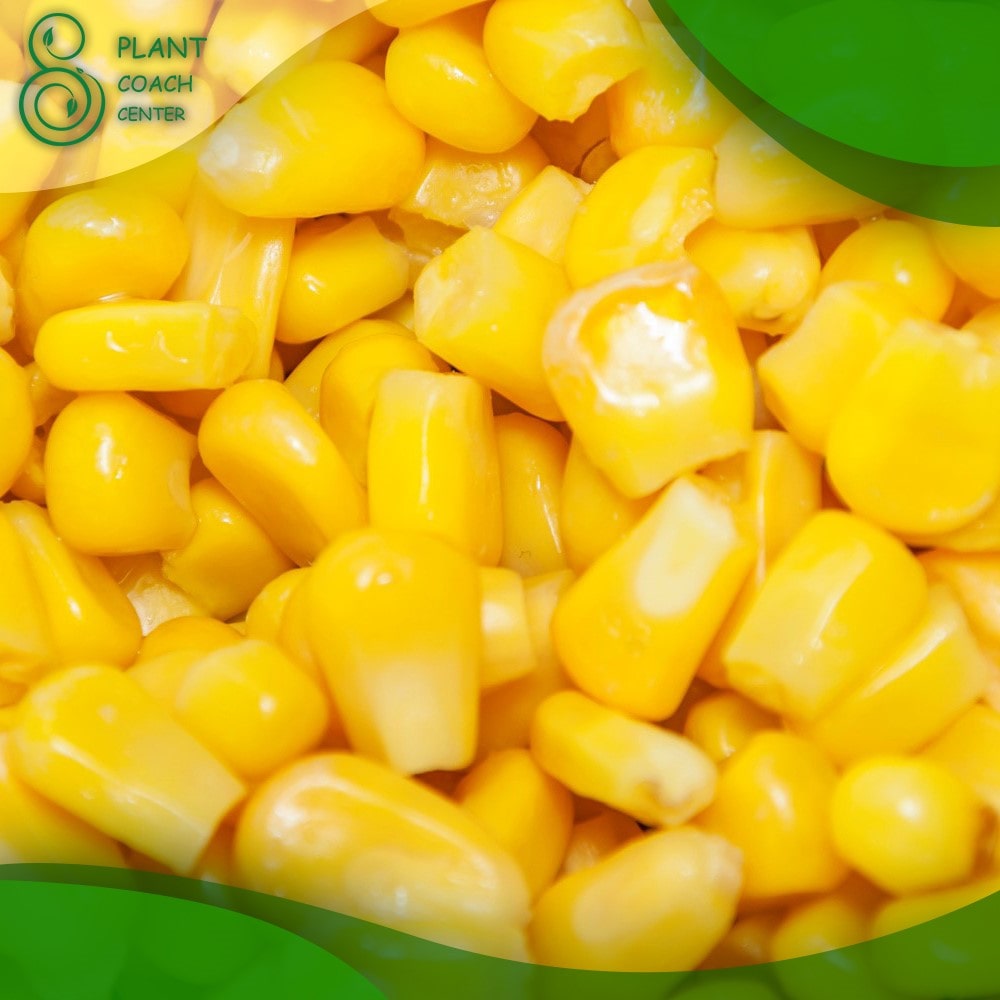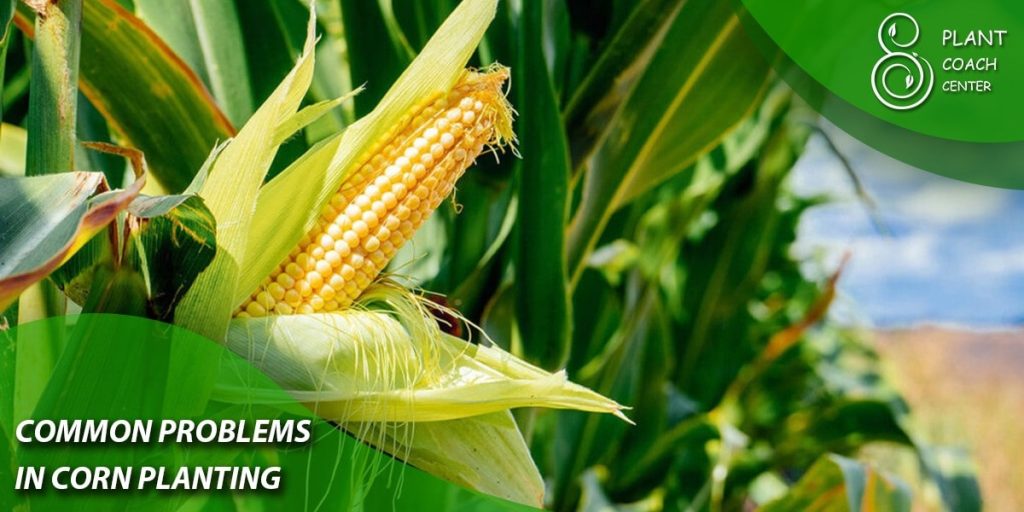When Should You Plant Corn
Ah, corn! This versatile crop has been a staple in our diets for thousands of years, and for good reason. But it’s not as simple as just burying a seed in the ground and waiting. The timing of when you plant corn is crucial to getting a good yield. It’s a process as intricate and delicate as the dance of the honeybees. When should you plant corn? Let’s delve deeper into this topic and unlock the secrets of corn planting, aided by the expertise of plantcoachcenter.com.
Understanding Corn
Corn, or maize, as it’s known scientifically, has a fascinating lifecycle that spans from the tiny kernel to the towering stalk laden with ears of corn. This member of the grass family has been domesticated and selectively bred for its nutritious and energy-rich kernels.
But corn is not just corn. There are multiple varieties, each with its unique characteristics and growth requirements. From sweet corn to flint corn and everything in between, the type of corn you choose to plant can impact when and how you plant it.
Preparing for Corn Planting
Before you can even think about planting, you need to get the ground ready. Corn thrives in well-drained, fertile soil. You’ll need to turn the soil, remove any weeds or past crop remnants, and possibly amend the soil with compost or fertilizer to get the nutrient balance just right.
Choosing the right corn variety is also an essential part of the preparation process. Some varieties are better suited to certain climates and soil types, so it’s worth doing some research and perhaps seeking advice from the knowledgeable folks at plantcoachcenter.com.
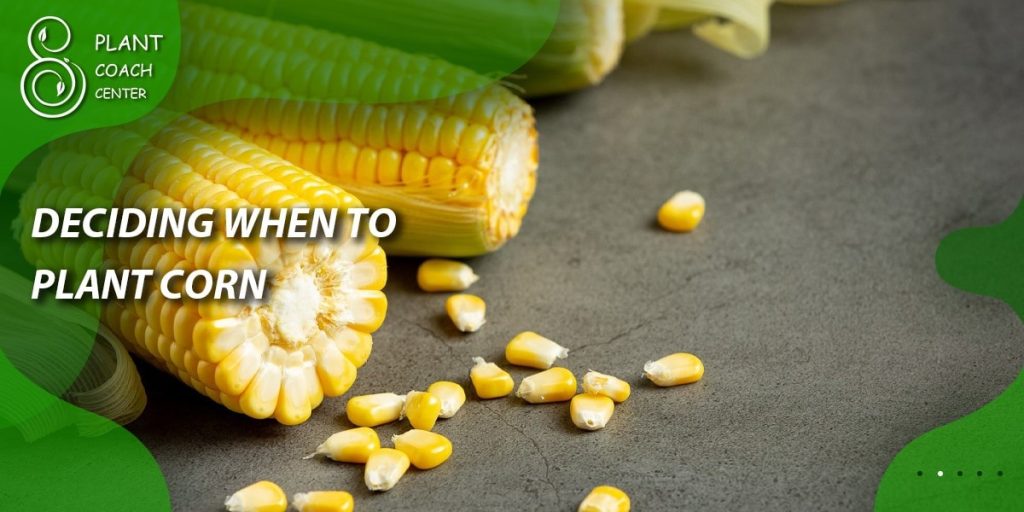
Deciding When to Plant Corn
So, when should you plant corn? In general, corn is a warm-season crop and should be planted in the spring. But it’s not as simple as that. The precise timing depends on your local climate, the soil temperature, and the last frost date. Corn should be planted when the soil has warmed to at least 50°F (10°C) since cold, damp soil can lead to rotting seeds.
Understanding the frost dates in your area is crucial. Planting too early can expose your tender corn plants to a late spring freeze, while planting too late can mean your corn doesn’t have enough time to mature before the first fall frost.
How to Plant Corn
Once you’ve chosen the right time to plant, it’s time to get your hands dirty! Corn seeds should be planted about 1 inch deep in lighter soils and a half inch deep in heavier soils. Rows should be about 30 to 36 inches apart, with seeds spaced about 10 to 12 inches apart within the row.
After planting, the soil should be kept consistently moist but not waterlogged. Too much water can be as detrimental as too little. A balanced fertilizer can be applied according to package instructions or the advice of your trusty plant coach.
Common Problems in Corn Planting
Despite your best efforts, problems can arise. Pests such as corn earworms, cutworms, and rootworms can wreak havoc on your crop. Diseases like corn smut, rust, and leaf blight can also pose challenges.
Weather can also cause issues. A late frost can kill young corn plants, while a summer drought can stunt growth and reduce yield. Soil problems, such as nutrient deficiencies, can also impact the health and productivity of your corn crop.
Troubleshooting Corn Planting Issues
If your corn plants aren’t looking their best, it’s time to play plant detective. Yellowing leaves might indicate a nitrogen deficiency, while small, stunted ears could signal a potassium shortage. Pests can often be identified by the damage they cause, such as chewed leaves or tunneling in the stalk.
Once you’ve identified the problem, you can take steps to remedy it. This might involve adjusting your watering schedule, applying a specific fertilizer, or employing a pest control method. In some cases, you might need to call in the professionals – that’s where plantcoachcenter.com comes in.
Diagnosing Nutrient Deficiencies in Corn
Nutrient deficiencies in corn plants can often be identified by observing changes in the appearance of the plant. Here are some common symptoms for different nutrient deficiencies:
Nitrogen (N): Nitrogen deficiency usually shows as a yellowing that starts at the tip and moves along the midrib in a V-shape towards the base of the leaf. This yellowing often appears first and most severely on the oldest leaves. Nitrogen is a mobile nutrient, so the plant can move it from older leaves to newer ones when there’s a deficiency.
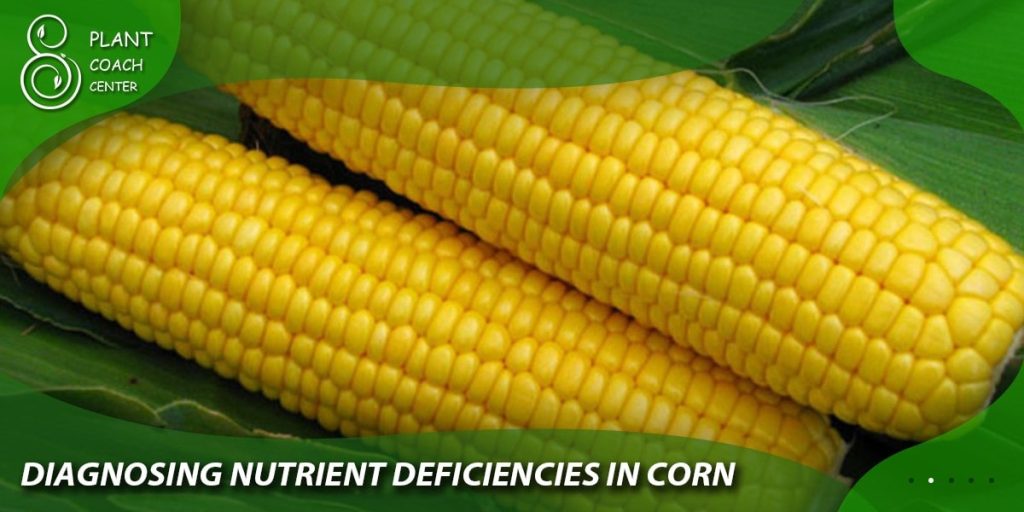
Phosphorus (P): Phosphorus deficient corn may exhibit a dark green coloration along with a purpling of the leaves, leaf sheaths, and stem. This is often most noticeable in the oldest leaves under cool, wet spring conditions.
Potassium (K): Potassium deficient corn plants often exhibit yellowing or necrosis at the leaf margins, beginning at the tip and extending down the sides of the leaf, creating a “firing” effect. This occurs first on the older leaves since potassium is a mobile nutrient.
Sulfur (S): Sulfur deficiencies often look similar to nitrogen deficiencies, but the yellowing often appears on the younger or uppermost leaves since sulfur is not as mobile within the plant.
Zinc (Zn): Zinc deficiency can cause a broad range of symptoms such as reduced leaf size, a shortened internode length resulting in a “rosette” appearance, and/or striping or banding on the leaves.
Magnesium (Mg): Magnesium deficiency often appears as yellow to white interveinal striping on the leaves, starting with the older leaves. In severe cases, reddish to purple discoloration may also be observed.
Iron (Fe): Iron deficiency is typically characterized by interveinal chlorosis (yellowing between the veins of the leaves) while the veins remain green. It usually shows up on the younger leaves first.
These are general guidelines and symptoms can vary based on several factors including the corn variety and the specific conditions of the soil and environment. If you suspect a nutrient deficiency, it’s a good idea to get a soil test to confirm. Consulting with a plant health professional or an agronomist can also be helpful in diagnosing and treating nutrient deficiencies.
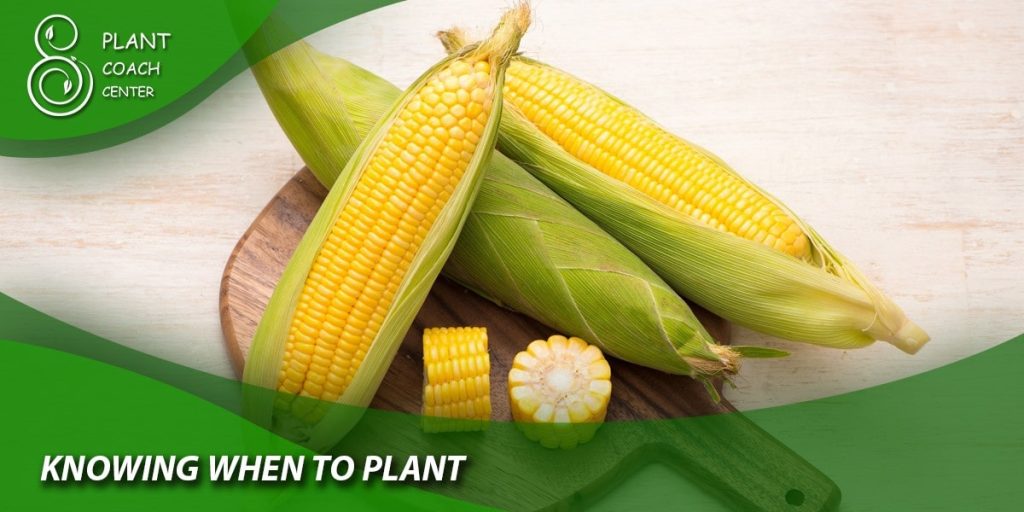
Conclusion
Planting corn can be a rewarding endeavor, providing you with a bountiful harvest and the satisfaction of growing your own food. By understanding the lifecycle of corn, preparing properly, and knowing when to plant, you can help ensure a successful crop. Remember that challenges can arise, but with careful observation and the right resources, you can overcome them.
So, when should you plant corn? The answer depends on a variety of factors, including your local climate, soil conditions, and the specific corn variety. By understanding these factors and carefully monitoring your crop, you can help ensure a bountiful harvest. Remember, the folks at plantcoachcenter.com are always there to help guide you through the process.
When is the best time to plant corn?
The best time to plant corn is typically in the spring when soil temperatures have reached at least 50°F (10°C).
What kind of soil is best for corn planting?
Corn prefers well-drained, fertile soil with a pH between 6.0 and 6.5.
How much space should I leave between corn plants?
Generally, corn should be planted 1.5 to 2 feet apart in rows 3 to 4 feet apart.
What are common pests and diseases that affect corn?
Corn is susceptible to pests like corn earworm and diseases such as corn smut or rust.
What should I do if my corn plants are unhealthy?
Unhealthy corn plants may need additional nutrients, pest control, or professional help. Identifying the issue early is key.
How much water does corn need?
Corn needs about 1 inch of water per week, particularly when the tassels and silk form.


